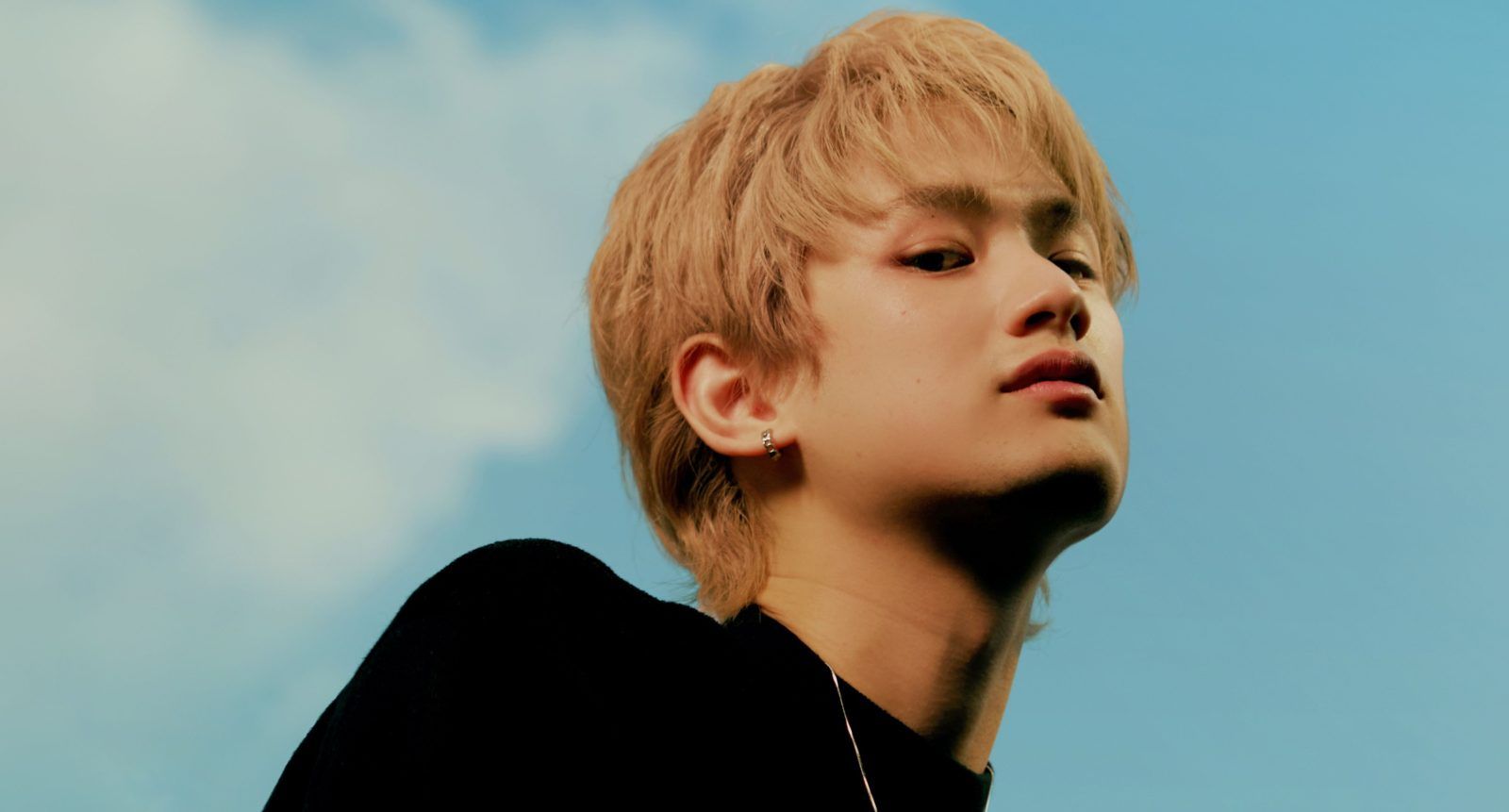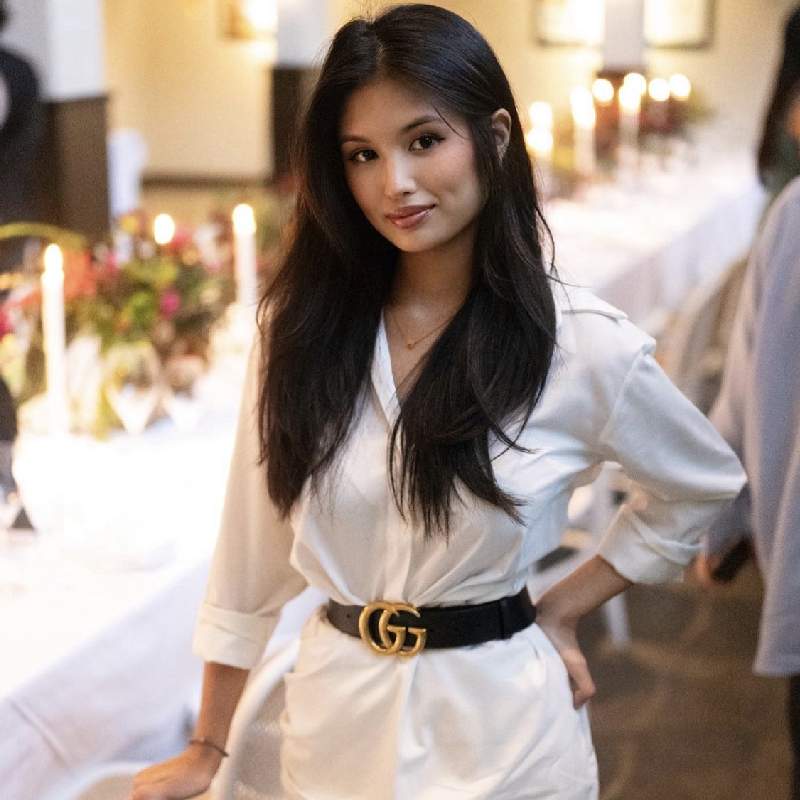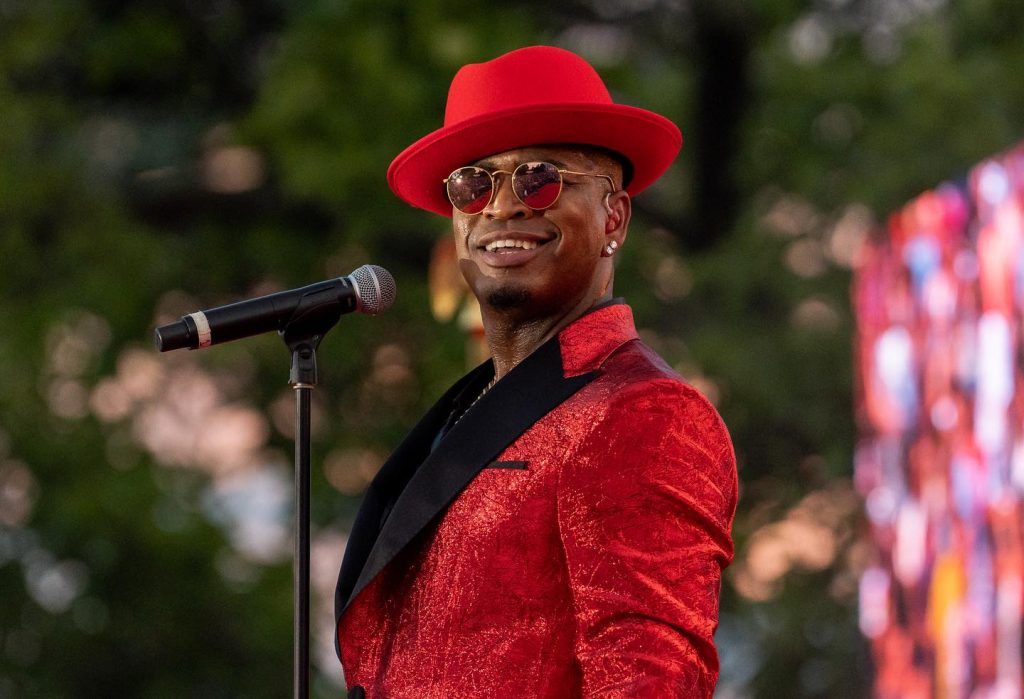Lifestyle Asia Thailand proudly announces Tonhon ‘Ton’ Tantiwechakul as one of the 50 ICONS in the artist category.
50 ICONS Award, Artist category, Tonhon ‘Ton’ Tantiwechakul

Even though Tonhon began his career in the entertainment industry by filming several commercials, he later transitioned into acting at the age of 14. He appeared in films and series such as Hormones, Bad Genius, and Doctor Climax. However, today, he wants to be recognised as an artist. Before pursuing a solo career, Tonhon was part of a duo with Ud-Awat, previously known as Mints. Currently, he is a solo artist who creates indie pop-style music.
Follow Tonhon’s work and progress at @tonhon.
Note:
The information in this article is accurate as of the date of publication.












